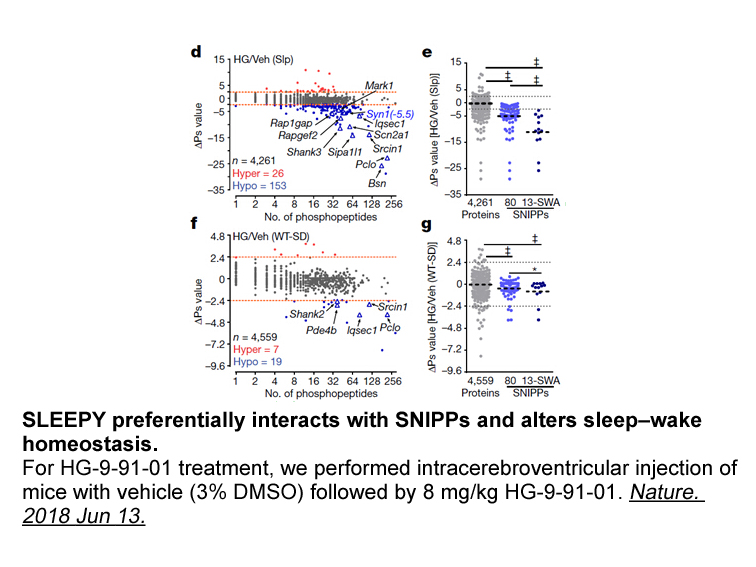Archives
Two photon microscopy experiments demonstrated that most
Two-photon microscopy experiments demonstrated that most contacts between GC B and Tfh cells are of short duration (about 2 min), and only about 4% of these contacts lead to the formation of stable conjugates (5 to 60 min) (Allen et al., 2007). Similarly, during extrinsic peptide stimulation, some rare GC B cells were reported to interact with Tfh cells for more than 20 min (Shulman et al., 2014). Thus, we speculate that these GC adenosine receptor forming long-lived contacts correspond to the small LZ Bcl6loCD69hi GC population shown here. Within the GC, GC B cells also interact with follicular dendritic cells (FDCs), although the association time is brief, on the order of a second (Nowosad et al., 2016). Thus, our in vivo anti-ICAM-1 blocking data do not exclude the possible involvement of ICAM-1 in FDCs in suppressing the development of Bcl6loCD69hi cells.
Assuming that plasma cell-prone GC cells form long-lived contacts with Tfh cells, how do these cells begin to egress from the GC? Because these cells are in the process of upregulating Gpr183, one possibility is that Gpr183 ligand-mediated chemotaxis might allow them to release from their interaction with Tfh cells and move away from the GC. Indeed, Gpr183 overexpression was reported to be sufficient to promote B cell localization to the outer follicle (Gatto et al., 2009, Pereira et al., 2009). In addition, decreased GC confinement through downregulation of S1pr2 might also contribute to the GC egress. Another possibility is that, during the transition from GC B cells to plasmablasts, cellular locomotion machinery could be reorganized, thereby contributing to such migration. In fact, B cells and plasma cells are known to utilize distinct migration mechanisms (Fooksman et al., 2010).
In regard to characteristics of plasma cell-prone GC B cells (Bcl6loCD69hi), our data raise two questions. First, why did Bcl6loCD69hi cells with higher c-Myc expression manifest less proliferation activity than Bcl6hiCD69hi cells? Bcl6loCD69hi cells downregulated many cyclins or cyclin-dependent kinases, except Ccnd2, which is known to be repressed by Bcl6 (Nahar et al., 2011). Thus, it is possible that IRF4-mediated downregulation of Bcl6 may change the expression pattern of cell-cycle regulators, and this may lead to such less proliferation status. As a non-exclusive possibility, the epigenetic modifications such as DNA hypomethylation (Barwick et al., 2016) might already start in Bcl6loCD69hi cells, thereby suppressing proliferation activity despite high c-Myc expression.
Since Bcl6loCD69hi GC cells interact so efficiently with Tfh cells, these cells probably receive adequate amounts of cytokines such as IL-21. So, the second question is why the Bcl6loCD69hi plasma cell-prone GC cells barely express Blimp-1, given the previous evidence that IL-21-mediated Stat3, together with IRF4, activates Blimp-1 (Kwon et al., 2009). Because Prdm1 locus is hypo-methylated in plasmablasts relative to naive B cells (Barwick et al., 2016), one possibility is that Stat3 and IRF4 are required, but not sufficient, for inducing Blimp-1. Additional epigenetic changes after the Bcl6loCD69hi stage might be required. Another possibi lity is that the Bcl6loCD69hi GC B cells still express Bcl6, Pax5, and Bach2, which, in turn, repress Blimp-1 (Nutt et al., 2015). In this case, downregulation of these repressive transcription factors is required for Stat3 to actively participate in Blimp-1 expression together with IRF4 (Kwon et al., 2009). Hence, we would propose that another checkpoint layer for post-GC plasma cell fate decisions exists between plasma cell-prone GC and plasmablast stages. Once Blimp-1 is expressed, a feed-forward loop is formed by which Blimp-1 acts to increase IRF4 expression, thereby stabilizing the plasmablast phenotype (Minnich et al., 2016).
lity is that the Bcl6loCD69hi GC B cells still express Bcl6, Pax5, and Bach2, which, in turn, repress Blimp-1 (Nutt et al., 2015). In this case, downregulation of these repressive transcription factors is required for Stat3 to actively participate in Blimp-1 expression together with IRF4 (Kwon et al., 2009). Hence, we would propose that another checkpoint layer for post-GC plasma cell fate decisions exists between plasma cell-prone GC and plasmablast stages. Once Blimp-1 is expressed, a feed-forward loop is formed by which Blimp-1 acts to increase IRF4 expression, thereby stabilizing the plasmablast phenotype (Minnich et al., 2016).
STAR★Methods
Acknowledgments
We thank M.C. Nussenzweig (The Rockefeller University) for B1-8hi mice, G.D. Victora (The Rockefeller University) and A. Kallies (University of Melbourne) for gene sets for the gene set enrichment analysis, K. Fukuhara (RIKEN) for help in performing digital RNA-seq, and T. Egawa (Washington University in St. Louis) for critical reading of the manuscript. This work was supported by the Ministry of Education, Culture, Sports, Science and Technology in Japan (17K08883 to W.I.; 26221306 and 21229007 to T.K.), the Japan Science Technology Agency (CREST J098501018 to T.K.; JST/PRESTO JPMJPR15F3 to K.S.), and the SENSHIN Medical Research Foundation (W.I.).